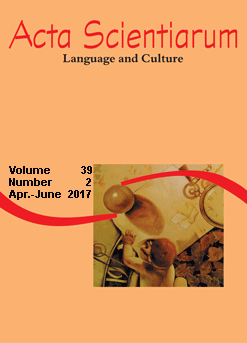<b>On the lexical stress patterns of Ilami Kurdish
Abstract
This paper aims to investigate the stress patterns of Ilami Kurdish, a southern variety of Kurdish language, based on the criteria proposed by Kager (1995) and also Hayes (1995) regarding the stress patterns of human languages, including ‘boundedness’, ‘quantity sensitivity’, ‘word headedness’, ‘foot headedness’ and ‘directionality’. After analyzing Ilami Kurdish data and specifying the stress patterns of this dialect of Kurdish, we adopt Optimality Theory framework, which is a modern perspective towards phonology, to show how the optimal candidates are in conformity with the universal phonological constraints in Ilami dialect. All in all, it can be said that Ilami is a right-bounded quantity-sensitive variety as far as monomorphemic words are considered.The next part of the research is devoted to the study of the stress pattern of compound words in Ilami Kurdish. In order to evaluate the stress pattern of these constructions, we use PRAAT software program to analyze the data collected from native speakers of Ilami. Concerning the stress pattern of compounds, it was observed that this is always the rightmost syllable of the final morpheme that bears the strong stress, regardless of the length of word and the number of morphemes. Actually, this tendency always violates the main-left (C) universal constraint according to which a clitic group (c) is left- headed.
Downloads
DECLARATION OF ORIGINALITY AND COPYRIGHTS
I Declare that current article is original and has not been submitted for publication, in part or in whole, to any other national or international journal.
The copyrights belong exclusively to the authors. Published content is licensed under Creative Commons Attribution 4.0 (CC BY 4.0) guidelines, which allows sharing (copy and distribution of the material in any medium or format) and adaptation (remix, transform, and build upon the material) for any purpose, even commercially, under the terms of attribution.
Read this link for further information on how to use CC BY 4.0 properly.




















6.png)









